Pomegranate Tree Pruning – Learn About The Cutting Of Pomegranates
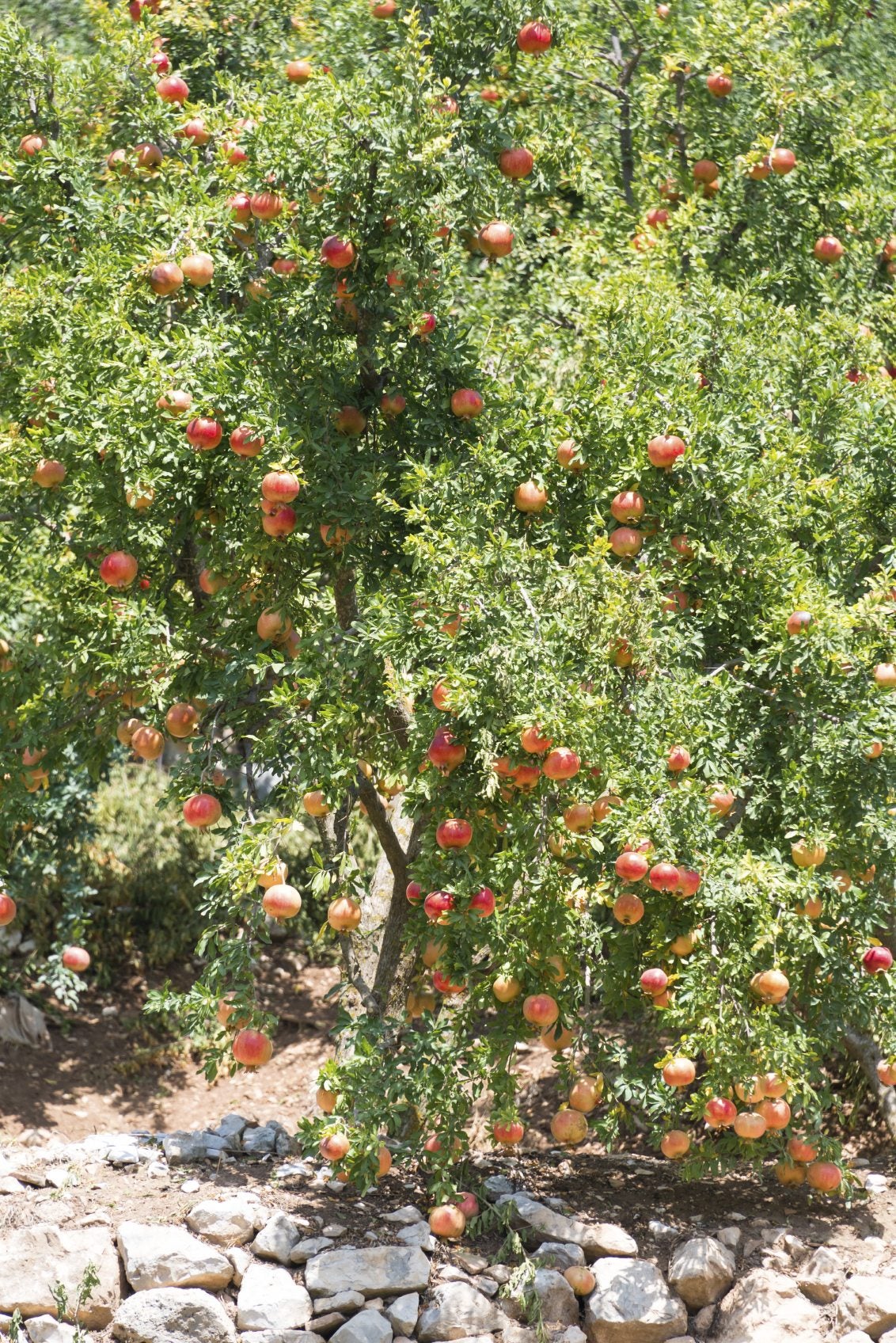

Pomegranate trees are actually multi-trunk shrubs that are often cultivated as small, single-trunk trees. Read on to learn more about pruning/trimming pomegranate trees.
Trimming Pomegranate Trees
Pomegranate trees can grow to 18 to 20 feet (5-6 m.) high. They are deciduous in interior, winter-cold areas but can be evergreen to semi-evergreen in milder regions near the coasts.
Pomegranates are beautiful plants with an arching, vase-like form; narrow, bright green leaves; orange-red springtime flowers, and large red-husked fruits that bear hundreds of fleshy, sweet-tart, edible seeds.
It is important to prune pomegranate trees properly if you want to increase fruit production and maintain an attractive form. Unfortunately, these two goals are in conflict.
When and How to Prune a Pomegranate Tree
Commercial growers typically shorten branches to induce new fruit producing shoots and fruiting spurs. This method creates short, stubby branches that are not natural to the arching form of pomegranate trees.
If your goal is primarily ornamental, pomegranate tree pruning should entail thinning out weak, awkward, diseased, and crossed-over branches and suckers by cutting them to their base. Do this on an annual basis. This type of cutting of pomegranates encourages their natural form, opens up the center so air and light can penetrate the interior, and reduces disease vectors.
Additional pruning at the ends of the branches should be done lightly – just enough to maintain a balanced form. If your goal is fruit production you need to prune pomegranate trees to increase exterior branches that form fruiting wood and fruit spurs.
Gardening tips, videos, info and more delivered right to your inbox!
Sign up for the Gardening Know How newsletter today and receive a free copy of our e-book "How to Grow Delicious Tomatoes".
Shorten the exterior branches and allow the even smaller side shoots to form in the spring. This new growth is more likely to form flowering and fruiting buds. If you want both the beauty and the bounty, consider integrating the native pomegranate (Punica granatum) into your ornamental landscape while at the same time growing one of the delicious cultivars (e.g. “Wonderful”) in a backyard fruit orchard.
If a tree is mature but produces little fruit, you can prune it more assertively. The best time for structural pomegranate tree pruning is late winter before the buds break but after risk of frost has passed.
You can prune out suckers and other awkward branches as they appear throughout the growing season. If the tree is developed and maintained properly, it should only require light annual pruning. Pomegranates are beautiful ornamental tree/shrubs that produce fabulous fruit. Place them in a location where you can enjoy them regularly.

Karen Boness is the founder of Wild Willow Design, an Australia-based company that specializes in ecological landscape design.
-
 Types Of Tomatoes Explained: Explore The Many Wonderful Shapes, Colors, Flavors, & Best Uses
Types Of Tomatoes Explained: Explore The Many Wonderful Shapes, Colors, Flavors, & Best UsesThe world of tomato varieties is vast and fascinating. Learn about the key types to grow in your garden, tailored to your preferences and space.
By Amy Grant
-
 Try The Trend – Turn Any Bed Into A Keyhole Garden With This Clever In-Ground Composter
Try The Trend – Turn Any Bed Into A Keyhole Garden With This Clever In-Ground ComposterKeyhole gardening is an efficient and sustainable practice that saves space. Get started on this DIY project quickly and easily with an in-ground composter.
By Bonnie L. Grant
-
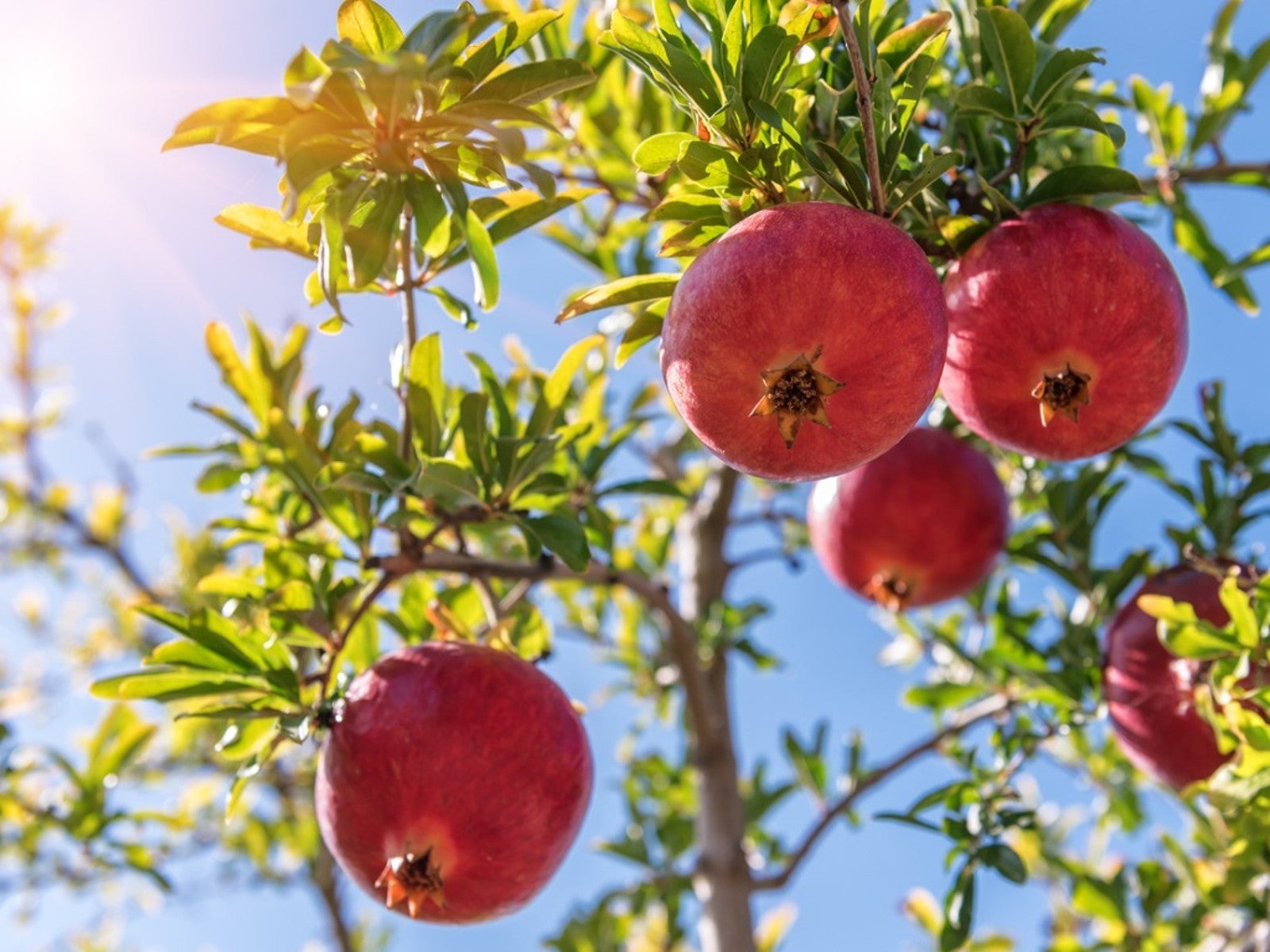 Replanting Container Grown Pomegranate – Tips On Transplanting Potted Pomegranates Outside
Replanting Container Grown Pomegranate – Tips On Transplanting Potted Pomegranates OutsideIt’s pretty easy to transplant a potted pomegranate outdoors. Click for more information on moving a potted pomegranate.
By Teo Spengler
-
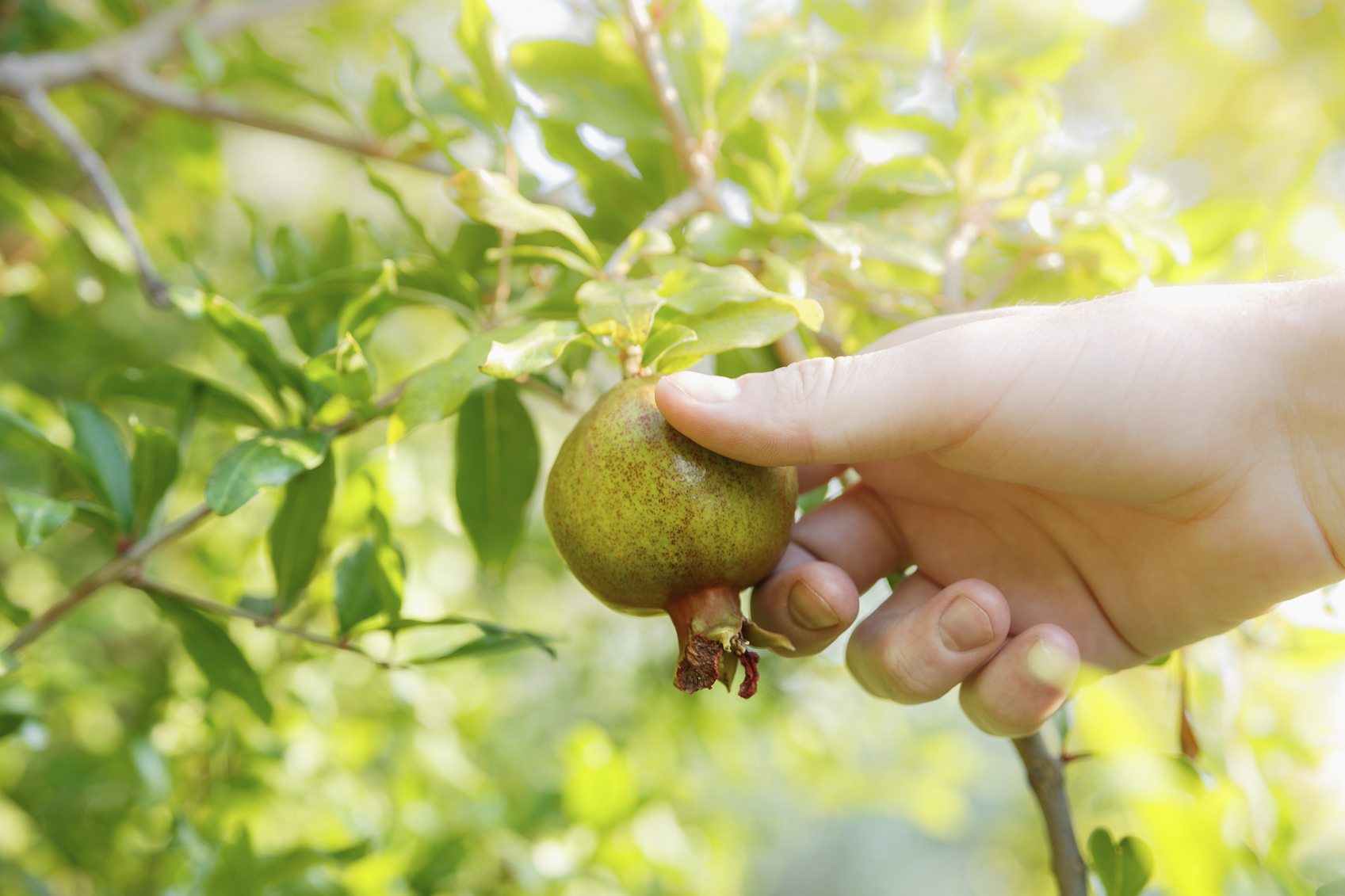 Picking Pomegranates – Learn About Harvesting Pomegranate Fruit
Picking Pomegranates – Learn About Harvesting Pomegranate FruitPomegranates have become so popular that many people in USDA zones 7-10 are trying their hand at growing and picking their own pomegranates. So how and when do you harvest pomegranates? Click this article to learn more.
By Amy Grant
-
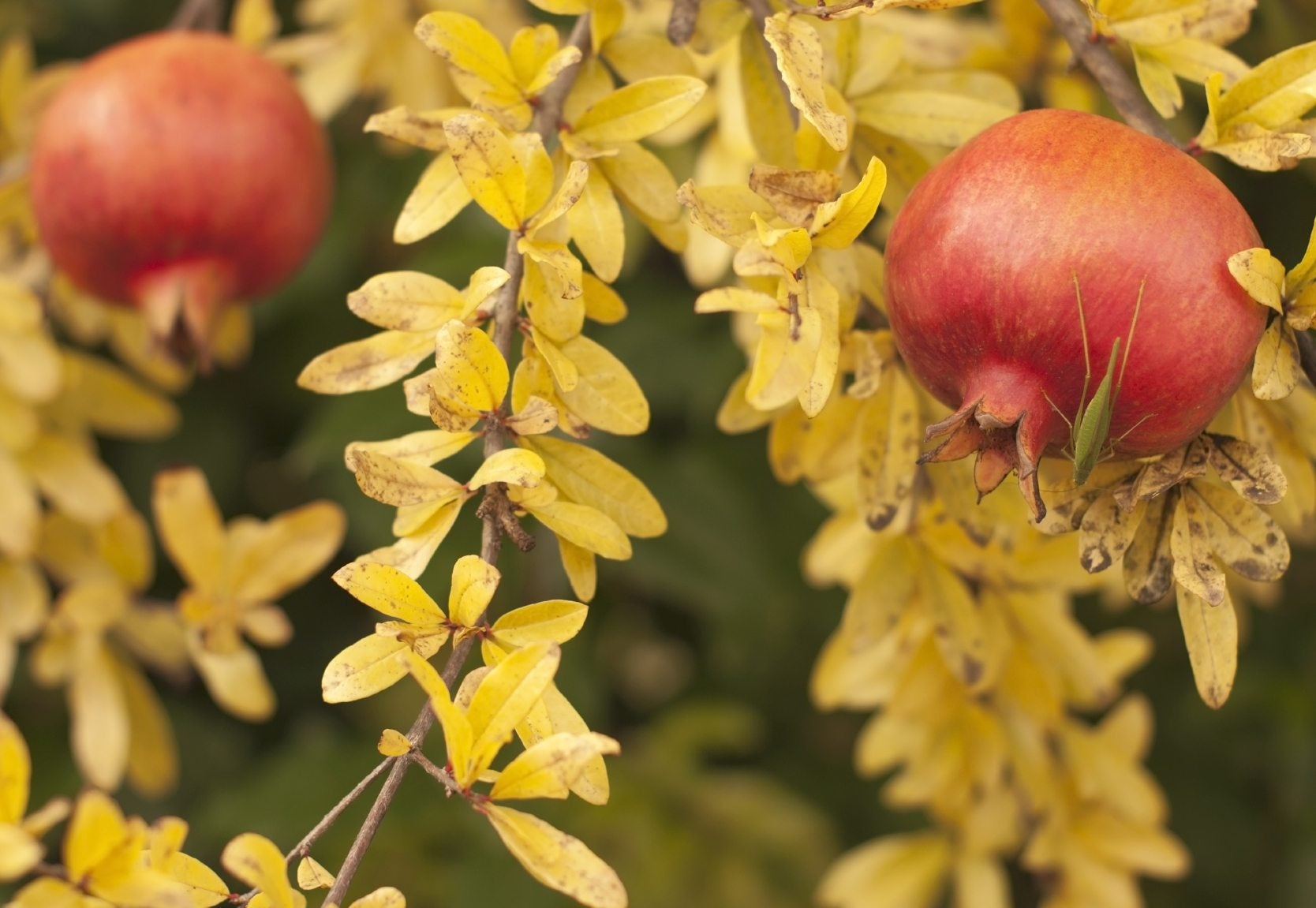 Yellowing Leaves On Pomegranate: Why Pomegranate Leaves Turn Yellow
Yellowing Leaves On Pomegranate: Why Pomegranate Leaves Turn YellowGrowing a pomegranate tree can be a rewarding experience filled with delicious fruits and beautiful juice, but growing these fruit trees isn't all paradise. If your plant is looking a little off, with yellowing leaves, click here to learn how to save it.
By Kristi Waterworth
-
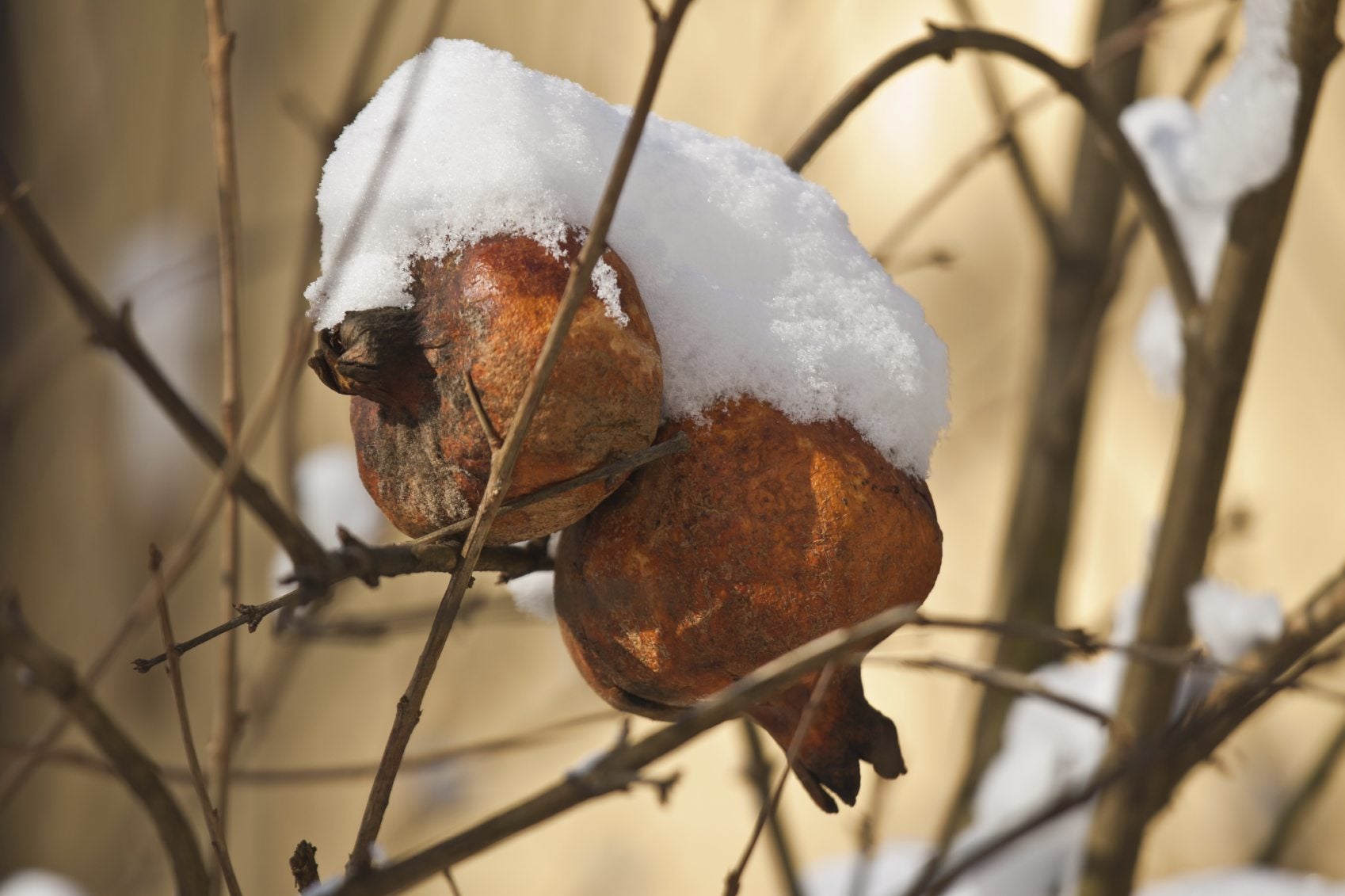 Pomegranate Winter Care: How To Care For Pomegranate Trees In Winter
Pomegranate Winter Care: How To Care For Pomegranate Trees In WinterPomegranates hail from the far eastern Mediterranean so as you may expect they appreciate plenty of sun and should be protected in the winter time. How do you go about overwintering pomegranate trees? Find out in this article.
By Amy Grant
-
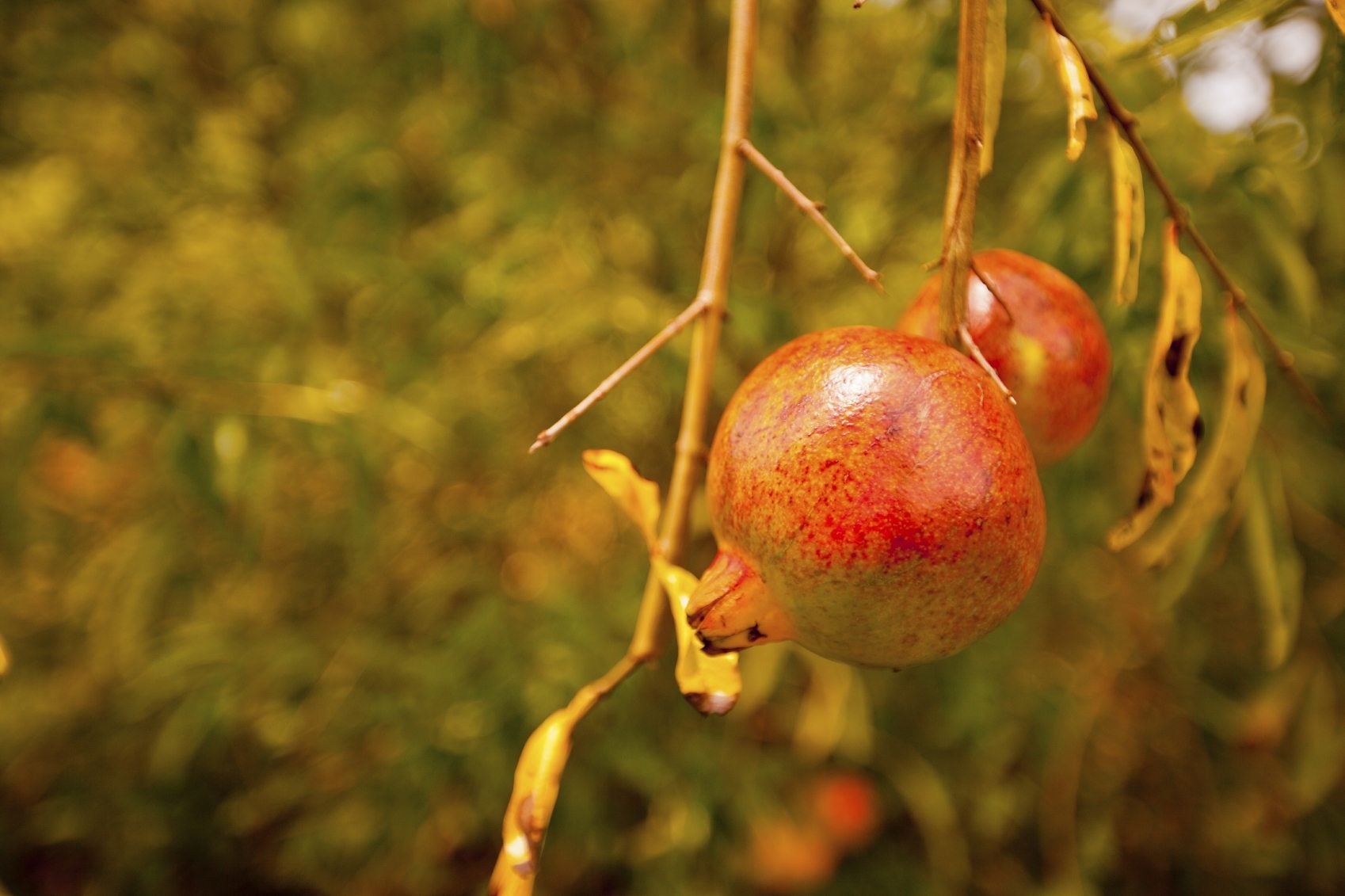 Pomegranate Tree Leaves Falling Off: Why Do Pomegranate Trees Lose Leaves
Pomegranate Tree Leaves Falling Off: Why Do Pomegranate Trees Lose LeavesPomegranates are typically grown for their fleshy, sweet-tart edible fruits. That being said, pomegranate leaf loss can be a frustrating problem for many gardeners. Click on the article that follows to learn why this happens.
By Karen Boness
-
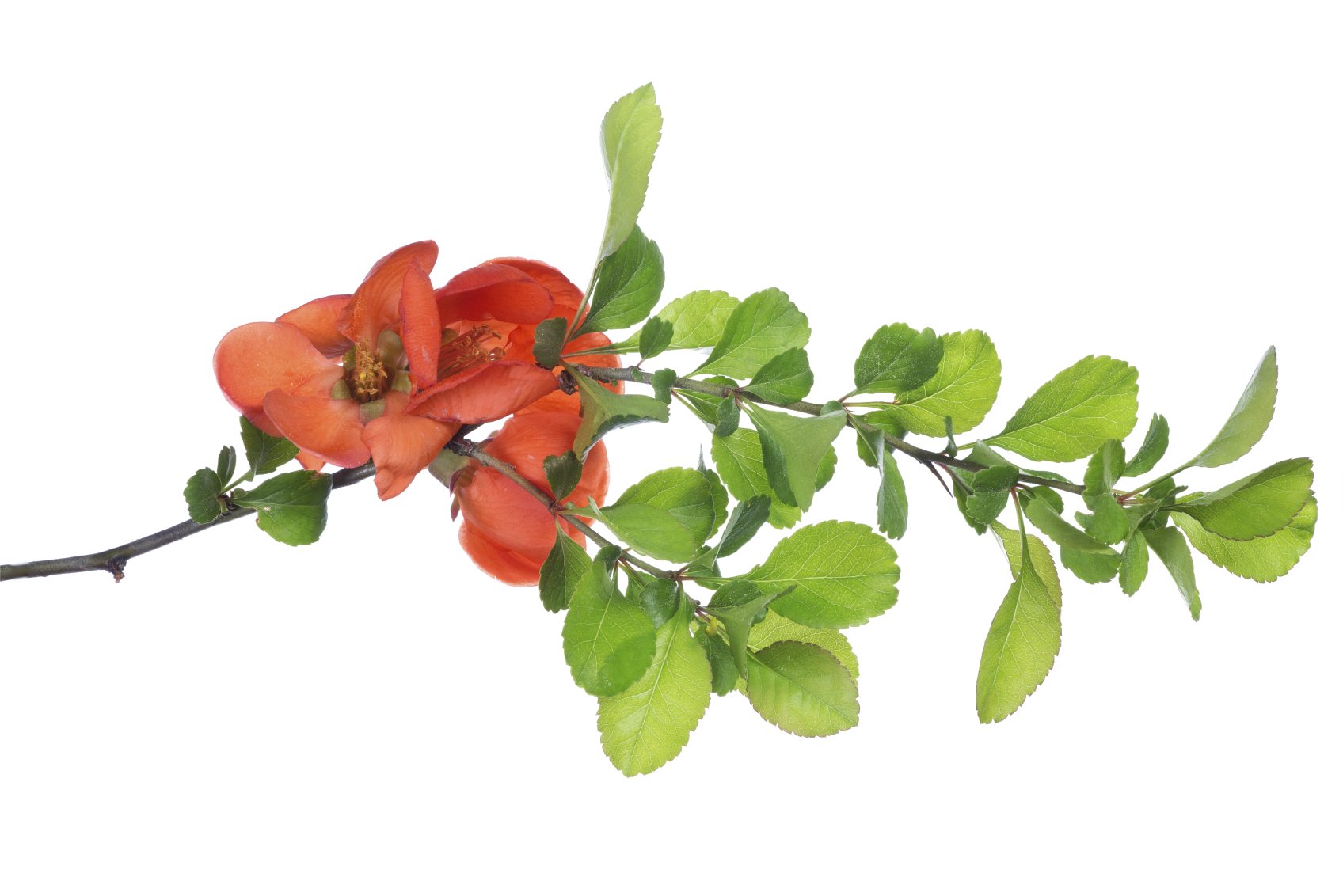 Propagating Pomegranate Trees: How To Root A Pomegranate Tree
Propagating Pomegranate Trees: How To Root A Pomegranate TreeGrowing a pomegranate tree from cuttings is cost-free and relatively easy. Find more information about how to root a pomegranate tree from pomegranate tree cuttings in the article that follows. Click here to learn about pomegranate propagation.
By Teo Spengler
-
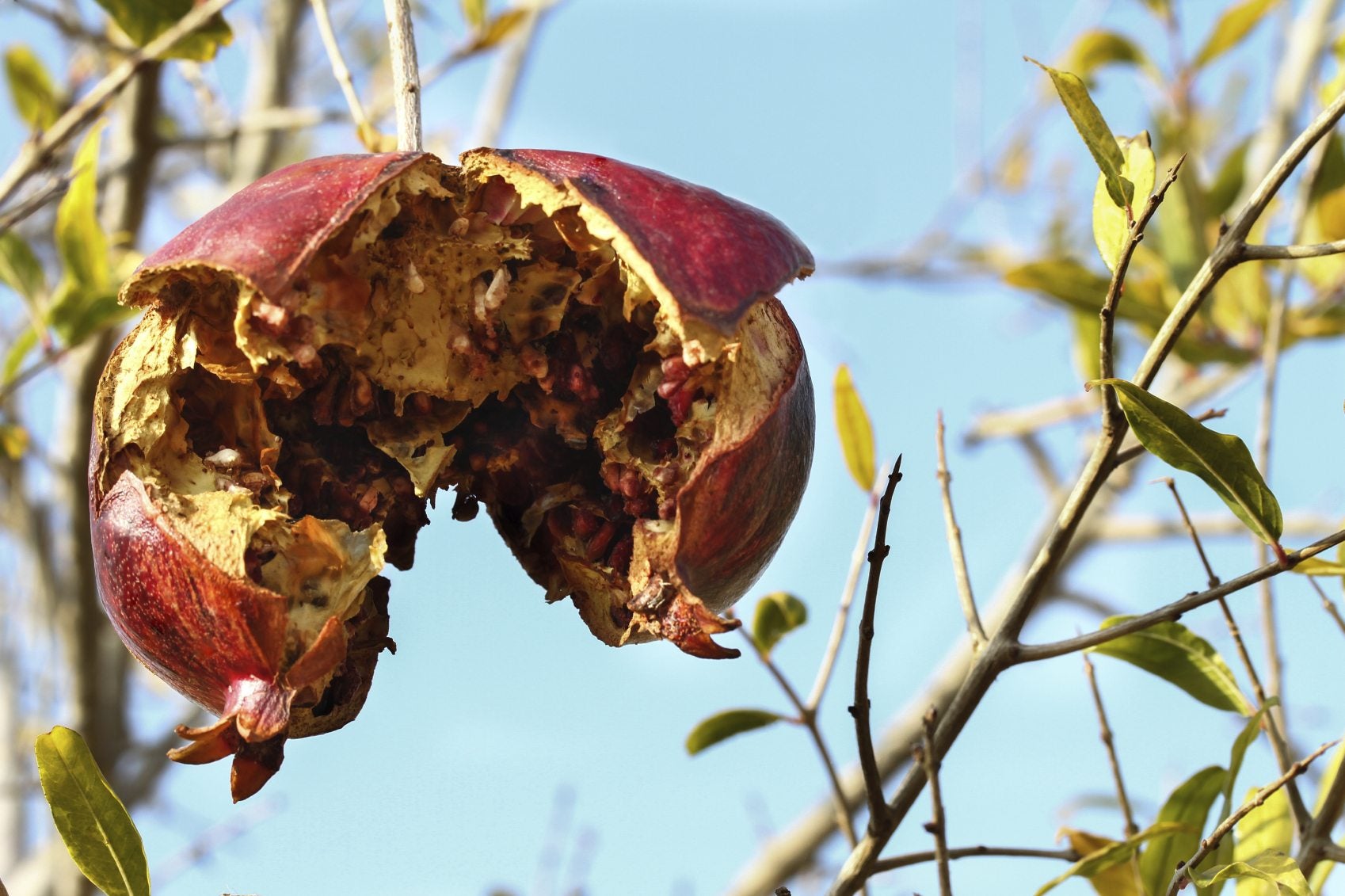 Problems Of Pomegranates: Learn About Diseases In Pomegranate
Problems Of Pomegranates: Learn About Diseases In PomegranatePomegranate fungal diseases are a common issue in plants grown in wet regions. Other diseases in pomegranate are rarer and not permanently damaging to the tree. Learn the problems of pomegranates in this article. Click here for more info.
By Jackie Carroll
-
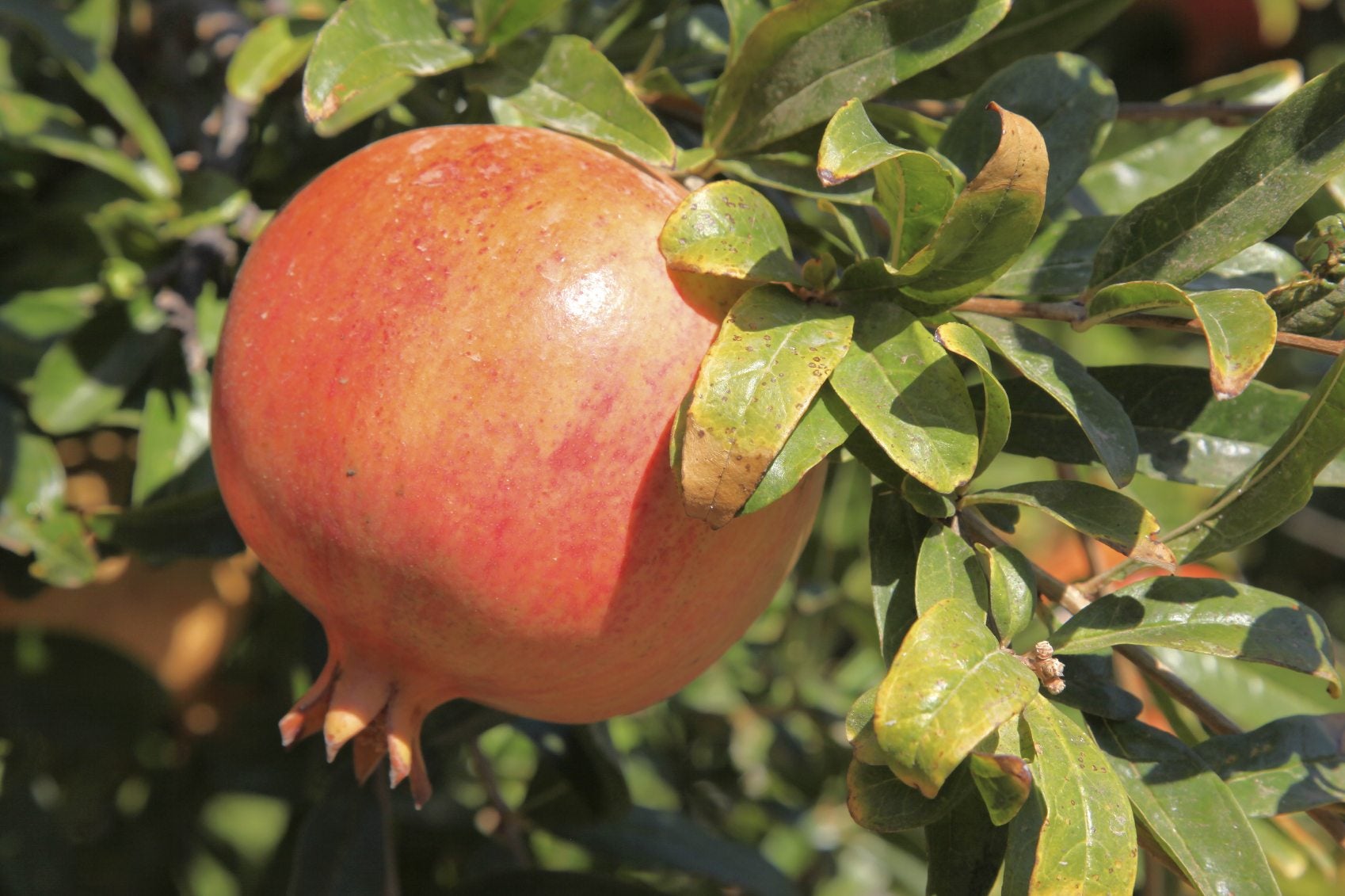 Pomegranate Leaf Curl: Why Pomegranate Tree Leaves Are Curling
Pomegranate Leaf Curl: Why Pomegranate Tree Leaves Are CurlingIf you're lucky enough to grow pomegranate trees where you are, you may occasionally see leaf curling. Several insects and disorders can cause pomegranate leaf problems. Find out why the leaves curl on pomegranates and what you can do about it in this article.
By Jackie Carroll